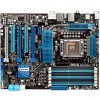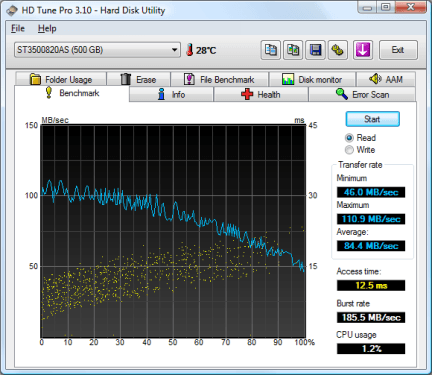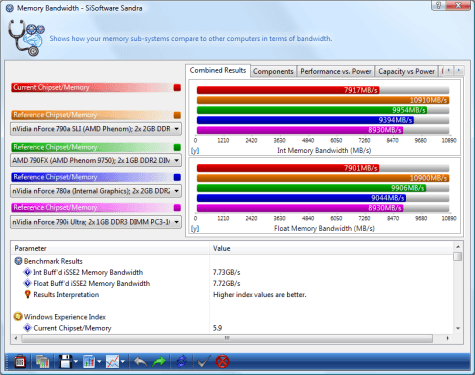- Qualcomm Launches Snapdragon 4 Gen 2 Mobile Platform
- AMD Launches Ryzen PRO 7000 Series Mobile & Desktop Platform
- Intel Launches Sleek Single-Slot Arc Pro A60 Workstation Graphics Card
- NVIDIA Announces Latest Ada Lovelace Additions: GeForce RTX 4060 Ti & RTX 4060
- Maxon Redshift With AMD Radeon GPU Rendering Support Now Available
ASUS P6X58D Premium

Intel may have launched its X58 chipset nearly a year-and-a-half ago, but board vendors continue to come out with new product as technologies improve. This past winter, ASUS released the P6X58D Premium, a high-end offering that boasts support for both SATA 3.0 and USB 3.0, and one that just begs to be pushed hard with overclocking.
Page 6 – System: HD Tune Pro, SiSoftware Sandra 2009
While application performance shouldn’t vary much between motherboards, one area where we can see greater differences is with synthetic benchmarks – at least with those that test both the storage and memory bandwidth/latency. Even still, if differences are seen, you are very unlikely to notice the difference in real-world usage, unless the performance hit is significant, which we’ve not found on any board we’ve tested in the past.
To test the storage I/O, we use a tool that we’ve been using for a number of years, HD Tune. The developer released a “Pro” version not long ago, so that’s what we are using for all of our storage-related benchmarking. The drive being tested is a secondary, installed into the first available Slave port, and is not the drive with the OS installed. To avoid potential latency, the drive is tested once Vista is idle for at least five minutes, and CPU usage remains stable at >1%.

It’s safe to say that for the most part, differences seen in I/O tests is minimal, as this graph shows. All winners and no losers, which is what we’d hope to see.
SiSoftware Sandra 2009
Yet another classic tool from our toolbox, SiSoftware’s Sandra is one of the ultimate benchmarking sidekicks around, allowing us to test almost every-single component in our PC, from CPU to GPU to memory to storage. In the case of our motherboard reviews, we stick with the memory bandwidth and latency tests, since its an area where some differences could very-well be seen.
As mentioned above, the results here don’t represent real-world performance, and if one motherboard sees the memory 4ns slower, the chances of you noticing the hit in real usage is highly unlikely, if not impossible. If any scenario would be effected, it would be processes that last the course of a few hours, not a few minutes.


Like most of our tests here, the results shown above are quite minimal, with the largest differences being around 500MB/s. That’s not too significant when dealing with 20,000MB/s+, and given that no realistic desktop scenario will ever touch that kind of bandwidth (at least today), it’s safe to say all the boards perform near-identically.
Support our efforts! With ad revenue at an all-time low for written websites, we're relying more than ever on reader support to help us continue putting so much effort into this type of content. You can support us by becoming a Patron, or by using our Amazon shopping affiliate links listed through our articles. Thanks for your support!







